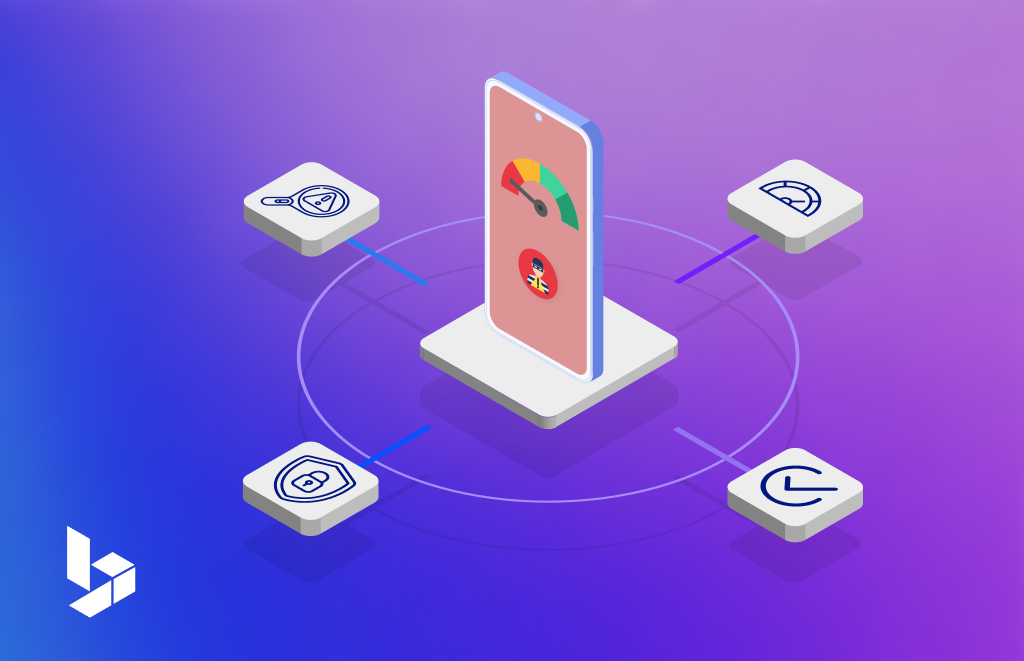© 2025 Bemobi. All rights reserved.

In fraud detection, mobile alternative data has become a key tool for identifying suspicious behavior without compromising user privacy. This data — which includes call patterns, SMS sending and receiving, device change frequency, and connection preferences — enables the detection of unusual activity that may be linked to fraud.
The rapid growth of digital platforms has exposed vulnerabilities that cybercriminals exploit, especially in countries like Mexico and Brazil. In response, banks have increased their investments in cybersecurity, adopting technologies such as multi-factor authentication and artificial intelligence to detect threats.
In Mexico, data from the latest 2024 National Survey on Victimization and Perception of Public Security (ENVIPE), released by the National Institute of Statistics and Geography (INEGI), showed that in 2023 the most common crime was fraud (including banking and consumer fraud), with a rate of 6,962 per 100,000 inhabitants, representing 21% of the total.
These figures reflect the growing threat of digital fraud in the region and highlight the importance of implementing advanced detection and prevention tools such as mobile alternative data.
One of the most notable aspects of mobile alternative data is its ability to reveal user trends and behaviors without requiring the installation of specific apps or SDKs on devices.
Unlike other approaches, the information is collected directly by mobile operators, allowing for broader coverage and reach across a much larger user base. This is crucial in countries like Mexico, where access to formal financial services is unequal and segments of the population do not qualify for traditional systems.
But what exactly do these data tell us about fraudsters? Imagine a phone line that shows extremely low or high SMS activity: according to data from Bemobi, this line is 70% more likely to be associated with fraud. Similarly, a SIM card that changes devices three or more times in a short period suggests a high probability of fraudulent activity. These seemingly isolated indicators, when combined, raise the likelihood of identifying a user as a potential fraudster by 150%.
Another interesting insight is that the mobile lines most commonly used to commit fraud are typically new prepaid numbers. Therefore, if the “tenure” variable is very short and the line also shows a high number of outgoing calls, there is a high probability that the user is trying to contact potential fraud victims. This pattern represents atypical usage compared to a regular mobile user and serves as a key indicator for the financial system.
By considering the use of this data in fraud identification processes, not only is end-user protection improved, but operational costs are also optimized, and friction is reduced during onboarding and risk assessment. Moreover, these solutions complement existing anti-fraud mechanisms, increasing their effectiveness. In this way, mobile alternative data enable banks and fintech companies to be in a more secure position against the growing sophistication of digital fraud, without compromising the customer experience.
Another important development that has facilitated the adoption of mobile alternative data is the Open Gateway initiative, led by the GSMA. This initiative enables access to mobile data through standardized APIs, allowing third parties, such as financial institutions, to integrate network capabilities like authentication and geolocation quickly and easily.
The ability to integrate these data sources with agility is vital in an environment where fraud patterns are constantly evolving and where response speed can make the difference between mitigating a threat or falling victim to it.
In Latin America, mobile operators such as Claro, TIM, and Vivo in Brazil have implemented anti-fraud services through GSMA Open Gateway to strengthen digital security. Meanwhile, in Mexico, Telcel and other operators plan to join the initiative over the coming year.
In conclusion, mobile alternative data has become a key component in the framework of financial fraud prevention. Not only do they help outline the profile of a fraudster, but they also offer an effective and agile way to prevent fraud in real time. In an environment where trust is essential, the smart use of this data is emerging as one of the most promising paths to protect both consumers and institutions, promoting a safer and more accessible financial ecosystem for all.